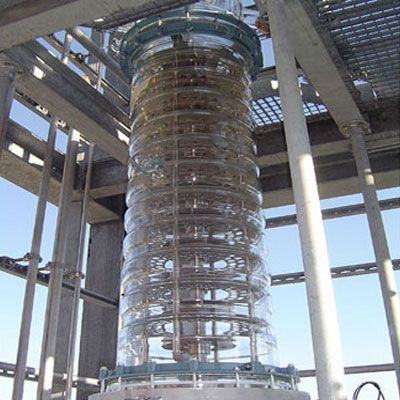

The Emulsion can be broken by working with parameters which affect the density of liquids, such as increasing the Extraction Process Feed Solvent Raffinate Extract temperature of the process or adding another component which helps in separation of the phases. If the density difference of both the liquids is not large enough then after the mixing is done both the phases won’t separate easily or instantly and will exist as dispersion, this dispersion is called an Emulsion.

Tinier the droplets, faster are the rate of mass transfer of the solute from the feed to the solvent. The surface tension of the liquids should be such that it must keep them separated after the mixing is done but also not prohibit the movement of tiny droplets into the other phase during the mixing process itself. Liquid-Liquid Extractionĭepending on the amount of feed stream or solvent stream being used, when they are contacted it happens that one of the liquid gets dispersed into the other liquid in form of tiny droplets.

If it happens that all components get dissolved in the solvent then choice of solvent should be such that it dissolves more amount of the component of interest relative to other components. The selection of the solvent is such that it should selectively dissolve the solute component, which is the component of our interest and must not dissolve other components. The higher the value of K T/W, the greater yield there will be for the liquid-liquid extraction.The Solvent stream is a usually a pure liquid. If A has a greater solubility in toluene, then K T/W > 1. The partition coefficient is the equilibrium constant for the distribution of a solute between two immiscible layers (eq. The distribution between both solvents is dictated by the partition coefficient, K of A between the two solvents. Solute A will be present in both layers, but larger amounts of it will be in the solvent for which it has a higher affinity. The system is shaken and attains equilibrium. Suppose solute A is added to a mixture of water and toluene. The toluene layer along with its components is called the organic phase and the water layer along with its components is called the aqueous phase.

The upper layer contains the less-dense solvent, which in this case is toluene (d 0.867 g/mL) and the lower layer contains the denser solvent, being water in this case. For example, if toluene is mixed with water, a two-layer system is obtained. These solvents are immiscible with water. Organic solvents such as diethyl ether, toluene, and methylene chloride (dichloromethane, DCM) have a very limited solubility in water. The physical process that rules liquid-liquid extraction is known as solvent-solvent partitioning, or the distribution of solutes between a pair of solvents. This allows the isolation of single components from a mixture. This process, known as liquid-liquid extraction, is a basic operation that should be mastered in the organic chemistry laboratory. In this experiment, students will use an organic solvent to extract the organic components, namely caffeine, from tea. This is an example of solid-liquid extraction. Water-soluble components in the tealeaves or coffee beans are being transferred from a solid phase, the leaves or beans, into a liquid phase, the hot water. An extraction is taking place each time coffee or tea is made. Extraction is the physical process by which a compound (or mixture of compounds) is transferred from one phase to another.


 0 kommentar(er)
0 kommentar(er)
